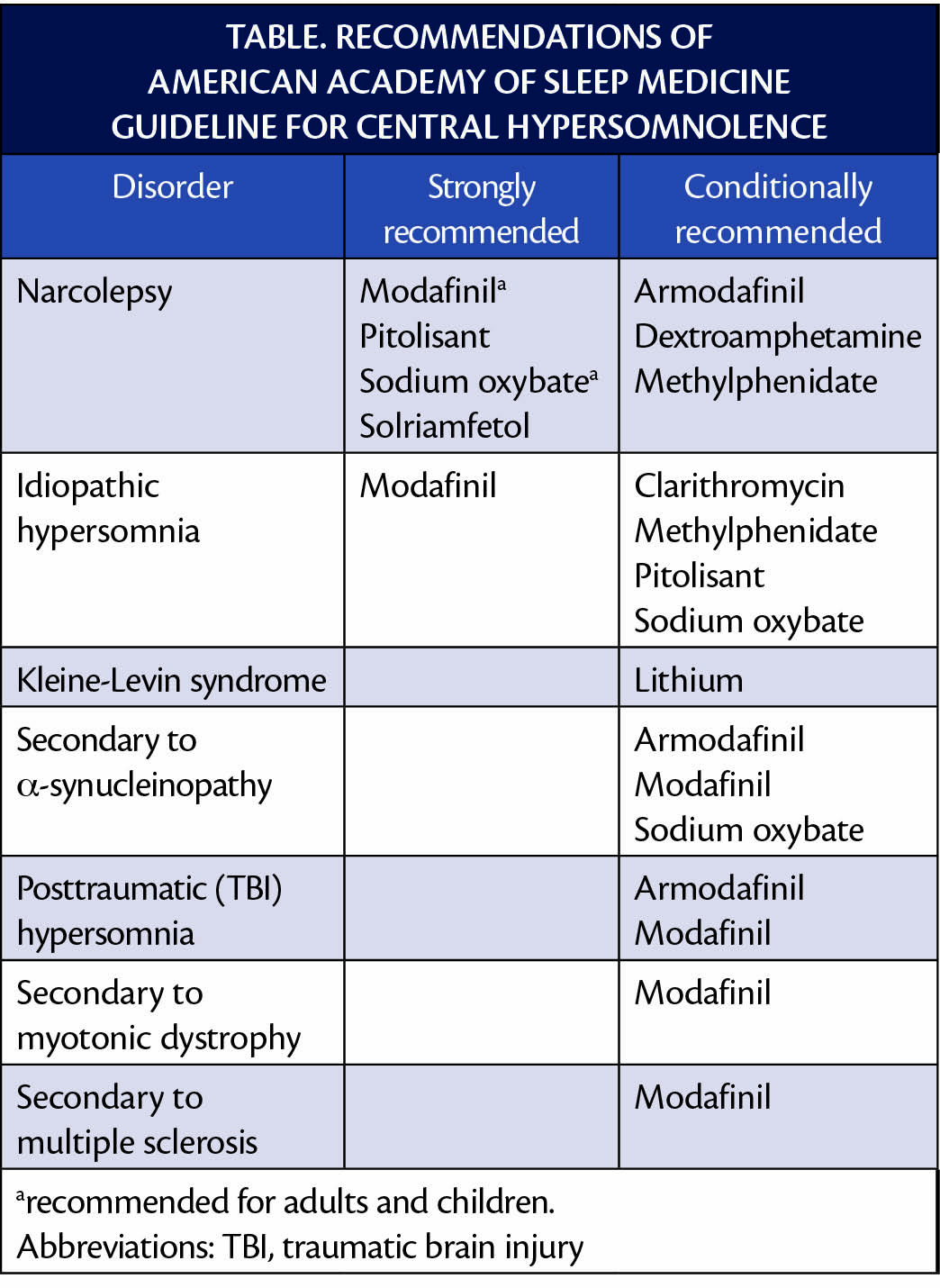New Guideline Provides Clinical Recommendations for Excessive Daytime Sleepiness
Clinical practice guidelines for the treatment of central disorders of hypersomnolence have been updated by the American Academy of Sleep Medicine (AASM), for the first time since 2007, with new recommendations. The guideline is available online in the Journal of Clinical Sleep Medicine and provides recommendations to guide clinicians in choosing a prescription medication to treat disorders characterized by excessive sleepiness.

“Central disorders of hypersomnolence are rare neurologic disorders that can affect safety, work or school functioning, and social relationships due to crippling daytime sleepiness, fatigue, and impaired attention,” said Dr. Kiran Maski, chair of the AASM task force and a pediatric neurologist and sleep medicine physician at Boston Children’s Hospital. “The AASM guideline will help clinicians determine the best treatment options for their patients to improve excessive daytime sleepiness, disease severity, and quality of life.”
A task force appointed by the AASM developed the guidelines using the GRADE methodology, which includes systematic literature review, meta-analyses, and assessment of the evidence. The recommendations are based on the clinical significance of the outcomes and an overall assessment. The interventions are compared with no treatment. Strong recommendations that indicate most individuals would benefit from the treatment. Conditional recommendations reflect a lower degree of certainty considering the strength of the evidence. Final judgment for specific treatment should be made by the treating clinician and the patient.
“Medications shouldn’t be the one and only treatment for hypersomnolence,” said Maski. She advises clinicians to consider additional nonpharmacologic measures as part of the treatment plan, including sleep hygiene, work/school accommodations, and cognitive behavioral therapy.
